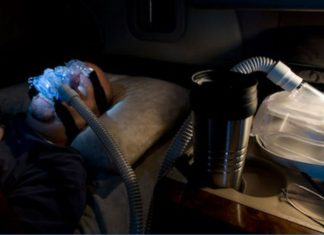Driving on winter roads, especially in a truck, requires vigilance. Spotting the early signs of slippery surfaces can mean the difference between a safe journey and an accident.
Here are practical tips from experienced truckers shared on our Facebook page to help identify black ice and slippery conditions:
Watch the Road and Tire Spray
A slippery road may look wet, but if vehicles ahead are no longer kicking up mist or water spray, it’s a red flag. A shiny surface without splashes often indicates black ice.
Test Brakes or Steering at Low Speed
Lightly pressing the brakes or gently moving the steering wheel left and right can reveal slippery conditions. At low speeds and in a safe area, a controlled brake test can help assess the road’s state without significant risk. Always ensure no vehicles and no one are nearby before attempting this.
Check Mirrors and Antennas
If you notice a thin layer of ice forming on your side mirrors or antennas—or slush accumulating on the windshield—it’s a sign that the road surface might also be freezing. These exposed areas often freeze first.
Listen to Road Noise
Wet roads produce a distinct sound when driving. If that sound becomes muffled or disappears entirely, it could mean that traction is reduced. Paying attention to these subtle audio cues can be critical.
Observe Surrounding Vehicles
Watch for cars or trucks swerving slightly, braking suddenly, or appearing to lose traction. The behavior of other drivers can signal deteriorating road conditions.
Monitor the Temperature
Black ice becomes a greater risk when the temperature drops below 3°C (37°F). Use your dashboard temperature gauge to stay alert for potential freezing conditions.
Assess the Road’s Appearance
A “dull black” road surface is typically dry, while a shiny or glossy appearance may indicate ice. If you notice wet areas spreading or multiplying, it’s time to slow down.
React Smoothly and Keep Your Distance
The golden rule of winter driving: slow down and increase the distance between you and other vehicles. Avoid abrupt movements, as smooth, deliberate actions are key to maintaining control. If conditions worsen, consider stopping in a safe location to wait for snow removal crews.
Staying connected with other drivers to exchange real-time information about road conditions can be invaluable. By incorporating these tips into your driving habits and staying alert, you’ll enhance not only your safety but also that of everyone sharing the road with you.
















